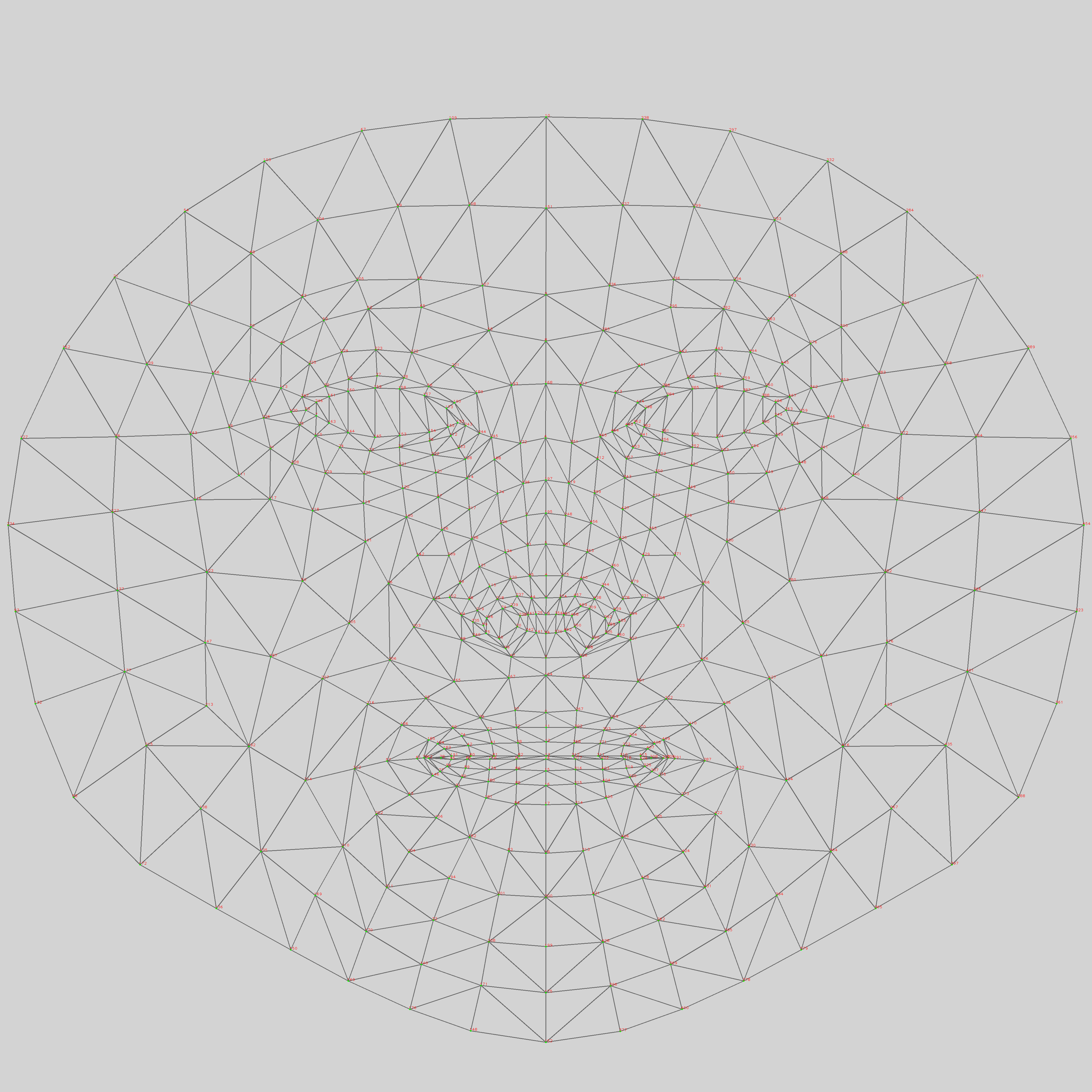Mediapipe,每秒200-300帧的实时人脸检测,提取画面中的人脸框,实现后续各种应用:人脸属性识别、表情识别、关键点检测、三维重建、增强现实、AI换妆等
理论
检测到的人脸集合,其中每个人脸都表示为一个检测原型消息,其中包含一个边界框和 6 个关键点(右眼、左眼、鼻尖、嘴巴中心、右耳和左耳)。边界框由xmin和width(均由[0.0, 1.0]图像宽度归一化)和ymin和(均由图像高度height归一化)组成。[0.0, 1.0]每个关键点由x和组成,分别由图像宽度和高度y归一化。[0.0, 1.0]
import cv2
import mediapipe as mp
mp_face_detection = mp.solutions.face_detection
mp_drawing = mp.solutions.drawing_utils
# For webcam input:
cap = cv2.VideoCapture(0)
with mp_face_detection.FaceDetection(model_selection=0,
min_detection_confidence=0.5) as face_detection:
while cap.isOpened():
success, image = cap.read()
if not success:
print("Ignoring empty camera frame.")
# If loading a video, use 'break' instead of 'continue'.
continue
# To improve performance, optionally mark the image as not writeable to
# pass by reference.
image.flags.writeable = False
image = cv2.cvtColor(image, cv2.COLOR_BGR2RGB)
results = face_detection.process(image)
# Draw the face detection annotations on the image.
image.flags.writeable = True
image = cv2.cvtColor(image, cv2.COLOR_RGB2BGR)
if results.detections:
for detection in results.detections:
mp_drawing.draw_detection(image, detection)
# Flip the image horizontally for a selfie-view display.
cv2.imshow('MediaPipe Face Detection', cv2.flip(image, 1))
if cv2.waitKey(5) & 0xFF == 27:
break
cap.release()
复制代码468个人脸关键点:

Diffusion Video Editing
结合论文:Speech Driven Video Editing via an Audio-Conditioned Diffusion Model
video preprocess
每个视频帧需要有一个矩形区域的脸掩盖。使用mediapipe,提取面部landmark来确定颌骨的位置。使用这些信息,mask掉覆盖鼻子下方区域的脸部矩形部分,如图1所示。这个掩码是在数据加载器运行时计算并应用到帧上的。






















 1万+
1万+











 被折叠的 条评论
为什么被折叠?
被折叠的 条评论
为什么被折叠?








